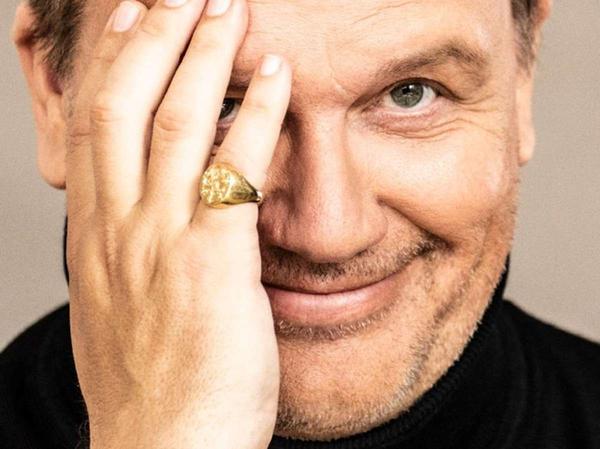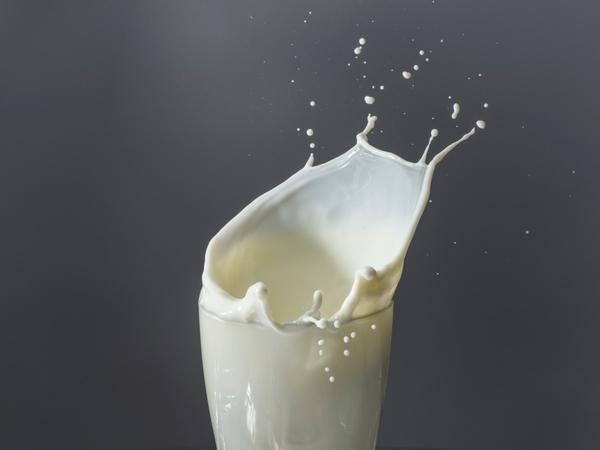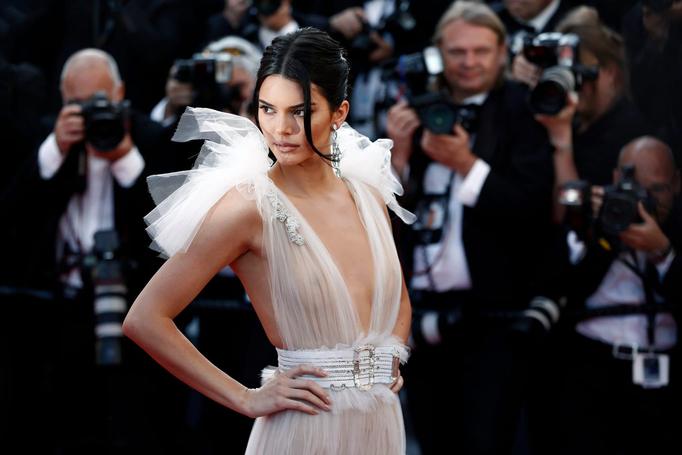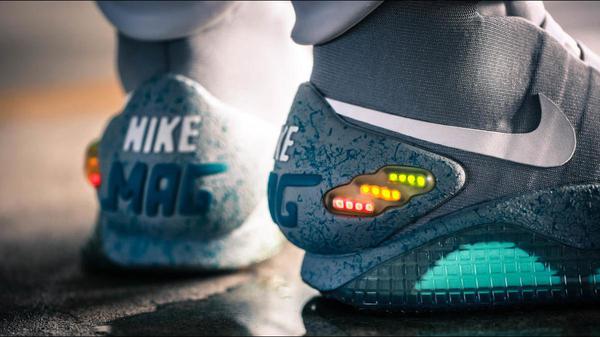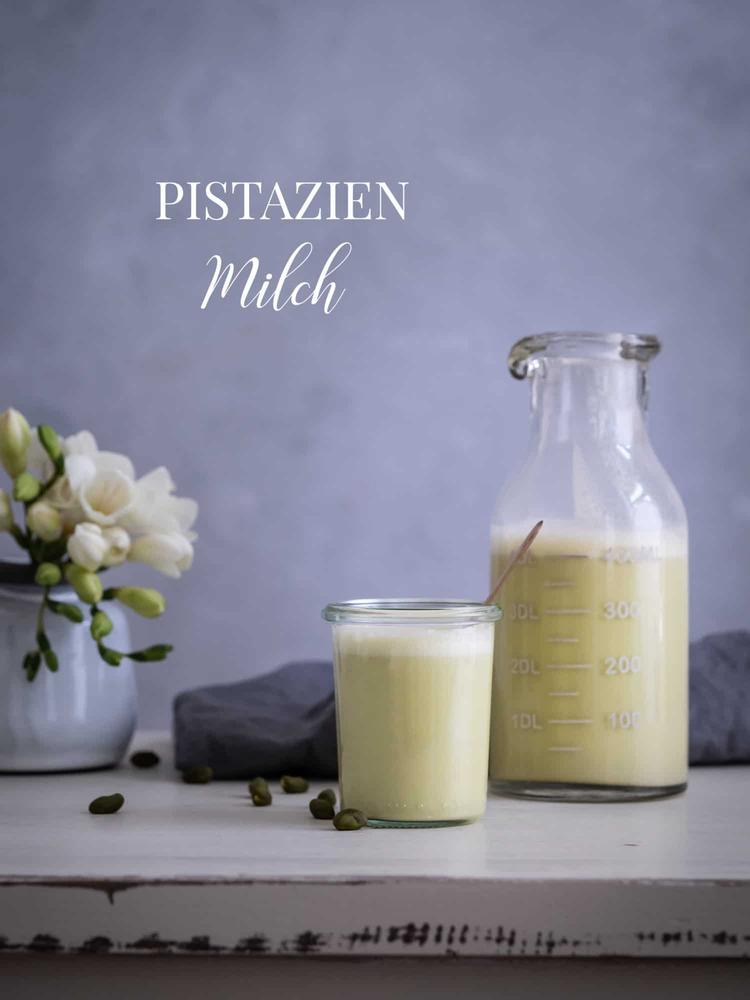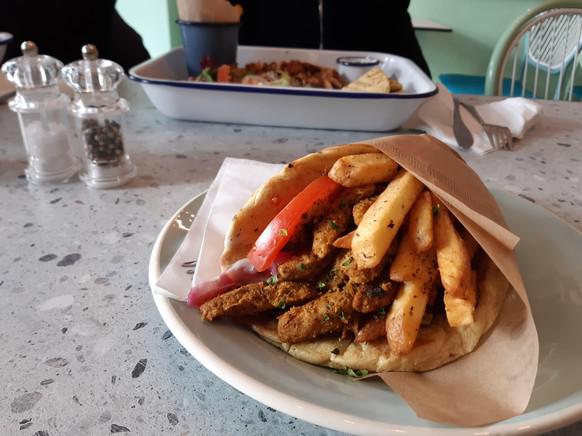
In 1947, the artist Diego Rivera Posadas skeleton used the mural of a Sunday Afternoon in Alameda Park in his masterpiece, the murals “Dream of a Sunday Afternoon.”Posada's skeletal bust also wore a large women's hat and Rivera gave him the nickname Catrina, a slang word for rich.Nowadays is Calavera Catrina, the elegant skull, probably the omnipresent symbol of the Día de Muertos.
Pan den Muerto: Eat for the dead
On the journey from the ghost world to the realm of the living, you get quite a hunger.At least that's how it is traditionally believed in Mexico.Some families put the deceased's favorite meal on the altar.But there are also generally common gifts:
Pan de Muerto, the bread of the dead, is a sweet bread that often contains anise seeds and is decorated with bones and skulls made of dough.The bones can be arranged in a circle that represents the cycle of life.Small drops of dough symbolize grief.
Sugar skulls are part of traditional sugar art, which in 17.Century was brought by Italian missionaries.The skulls are pressed into forms and decorated with sugar colors and are available in all possible sizes and levels of detail.
The drinks include pulque, a sweet, fermented drink made of agave juice;Atole, a thin, warm porridge made of corn flour with unaffected cane sugar, cinnamon and vanilla;and hot chocolate.

